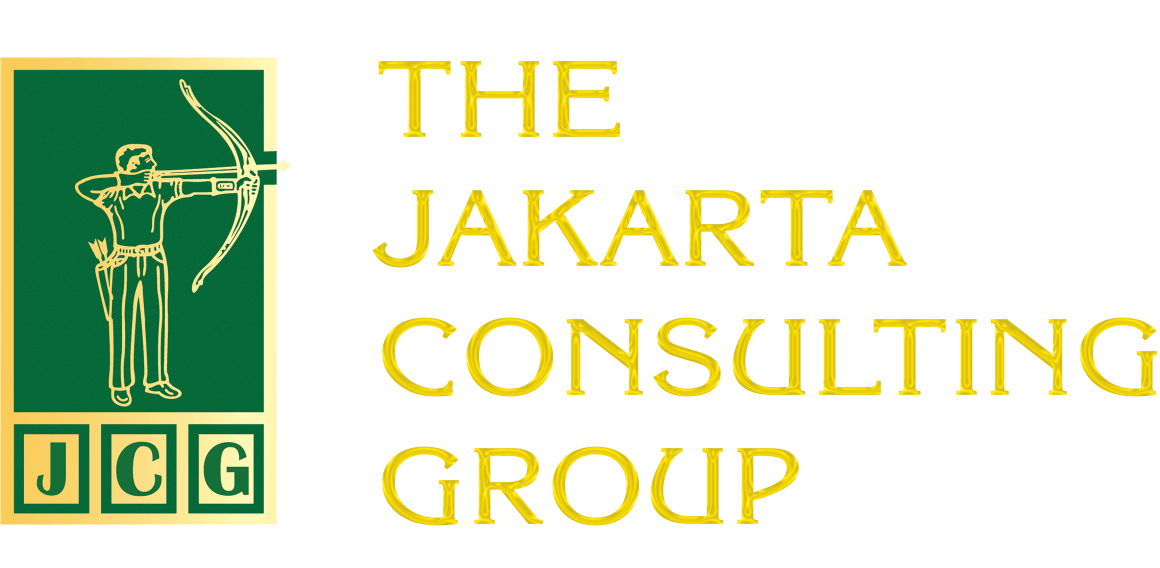For the past few decades, don’t expect to hear or read anything positive about Air India. Poor management, massive debt, disrupted flight schedules, and bureaucratic tangles have become synonymous with the airline founded in 1932.
However, everything bad about Air India is expected to start becoming a story of the past. The move was initiated by Campbell Wilson, who was appointed CEO last July. The New Zealand-born man spent much of his career at Singapore Airlines, before heading low-cost carrier Scout from 2011-2016 and 2020-2022.
Wilson’s first step was to rejuvenate the aging fleet by purchasing 500 aircraft from Airbus and Boeing. Of course, Air India needs more than just replacing its aging fleet. One thing in Wilson’s favor is Air India’s now privately owned status. Previously, when it was still owned by the Indian government, Air India was often politicized.
Air India was founded by the Tata Group in 1932, before being taken over by the government in 1953. In the decades that followed, Air India became known for being costly and inefficient. One of the most fatal mistakes was the merger between Air India and Indian Airlines, also a government-owned airline, in 2007. As a result, the number of employees doubled. Conditions were worsened by the arrival of low-cost airlines. The company’s coffers were bleeding. Now, Air India is back in the Tata Group’s lap.
The revamping of Air India comes as the Tata Group restructures its aviation business. Besides its 100 percent ownership of Air India, the Tata Group also has stakes in Air Indian Express and Air Asia India, as well as a 51 percent stake in Vistara, a joint venture with Singapore Airlines.
Campbell’s ambition is to build a world-class airline under the Air India Group, both full-service and low-cost. In September last year, it launched a five-year transformation program called Vihaan.AI, focusing on increasing the number of networks and aircraft; developing a completely new customer proposition; improving service reliability and punctuality; and taking leadership in technology, sustainability, and innovation; and investing in top talent.
India is one of the fastest growing aviation markets in the world, fueled by a rapidly growing middle class. The domestic market recovered quickly after the Covid-19 pandemic subsided. By 2022, the number of domestic passengers will reach 123 million, up 47 percent from the previous year.
Will Air India be able to become a world-class airline, on par with for example Singapore Ailines, Lufthansa, Qatar Airways, and so on? Time will tell. What is clear is that transformation is no easy task, let alone for a company of Air India’s size, whose structure, systems and culture are ingrained.
Transformation must be carried out based on a clear vision: where the company wants to go in the future. In the case of Air India, Wilson had a vision to make the company one of the best airlines in the world. Any vision must be clear and understood by all employees.
The company’s value proposition must be reformulated. This value proposition should be unique and support long-term success, not only for the company but also for society.
Human resources (HR) are the most important asset in transformation. The most important thing to consider is the match between HR capabilities and development potential with transformation needs, both during transformation and post-transformation. Compensation is of course important. Swelling headcount, as has happened at Air India in the past, is clearly counterproductive. Equally important to remember is that many employees want flexibility, new skills to stay relevant, and opportunities to contribute more than just financial gain.
Transformation is like change. Change, whatever and wherever it is, causes discomfort and resistance. In fact, it is not uncommon for there to be parties who obstruct and sabotage change. Therefore, effective change management is the key to minimizing resistance.
In order to measure the success of the transformation, clear performance indicators are needed as an evaluation material for the next steps in the future. Including improving things that are deemed not running optimally.©The Jakarta Consulting Group











